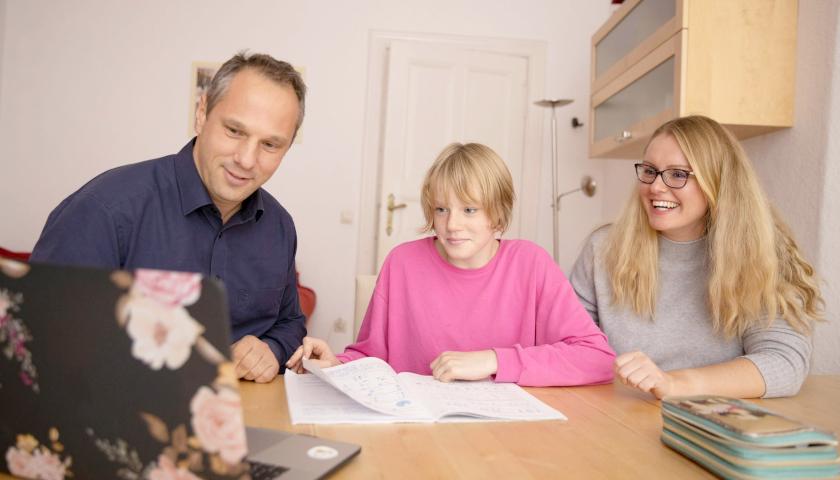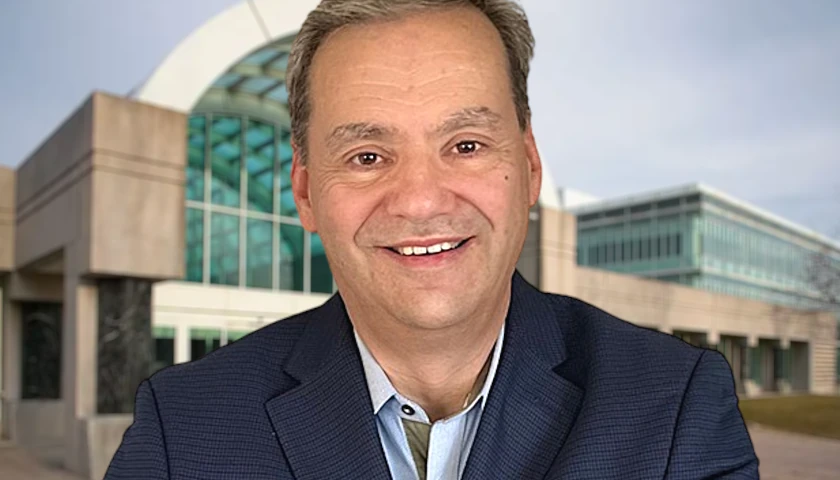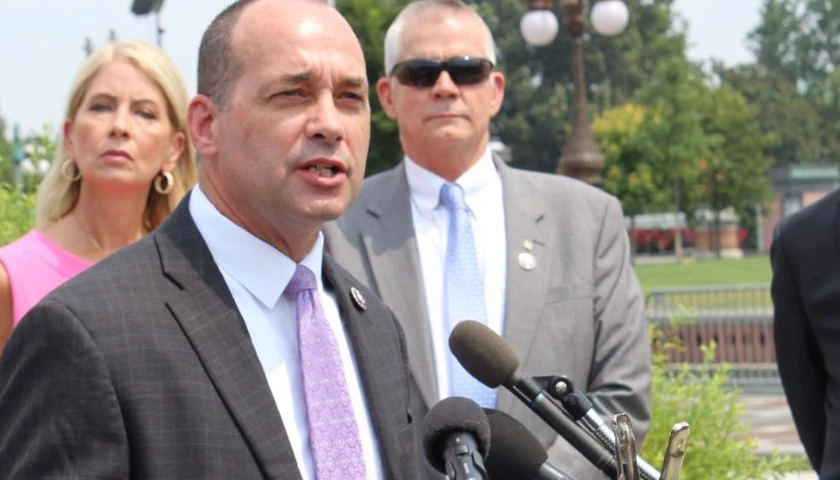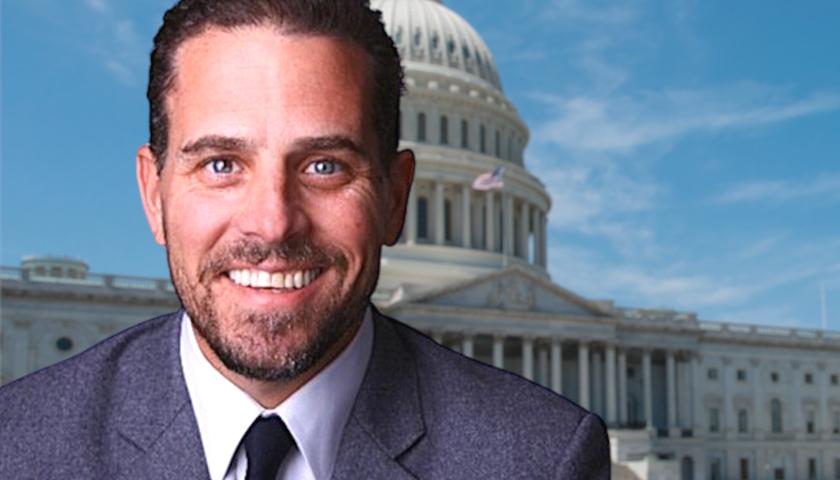by Larry Sand
It’s no secret that the government’s monopoly on education is in trouble. Across the country, public schools are emptying while parental choice is flourishing. Florida, perhaps the national leader in this movement, has four different private school choice programs: one education savings account (ESA), one voucher program, and two tax-credit scholarships.
One of the results of Florida’s success is that many of the state’s public schools are shutting down. Florida’s Broward County, the sixth largest school district in the country, housing some 320 K-12 schools, could see 42 of them shut down, including 32 elementary schools, eight middle schools, and two high schools.
The situation is summed up succinctly by Chris Moya, a Florida lobbyist who represents charter schools. “If your product is better, you’ll be fine. The problem is that they (traditional ZIP-code-mandated schools) are a relic of the past—a monopolized system where you have one option. And when parents have options, they vote with their feet.”
The momentum for school choice is accelerating rapidly. Eleven states, home to around 23 percent of all public school students, now offer universal choice.
Alabama, the latest state to embrace parental freedom, officially joined the club in March with the signing of HB 129. This legislation, titled the Creating Hope and Opportunity for Our Students’ Education or CHOOSE Act, paves the way for an education freedom account program that all students will be eligible for in 2027.
This trend is set to continue, with Louisiana poised to become the 12th state to offer universal school choice. On May 30, the Louisiana legislature approved the LA GATOR program, sending the bill to Gov. Jeff Landry’s desk. Pending his signature, the bill will become law.
According to the National Center for Education Statistics’ latest data, public schools served 1.2 million fewer students in 2022-23 than they did in the last year before the COVID-19 pandemic. The losses were widespread, with 37 states and two-thirds of school districts suffering declines. NCES also projects that public schools will lose an additional 2.4 million students (4.9 percent) by 2031.
While typically, parental choice has been a Republican issue, there are exceptions. Most recently, Texas Gov. Greg Abbott, a Republican, successfully lobbied to defeat three GOP state representatives who helped thwart the governor’s push last year behind legislation that would have made ESAs universal throughout the state. Along with House Democrats and a few rural Republicans, they voted to expressly prohibit the use of state funding for all forms of school vouchers last spring. When Abbott called a special session several months later, the same group again removed a school choice provision from an omnibus K–12 funding bill.
In response, Abbott took the rare step of backing ESA supporters against the incumbents in state legislative primaries. “In March, nine Republicans who’d previously defied Abbott lost the party’s nomination, while four more were denied majorities and forced into runoff elections decided on Tuesday.” Abbott was thrilled, announcing that House Republicans now held “enough votes to pass school choice.” Texas has about 10 percent of all public school students in the country. If Texas adopts universal school choice, more than one-third of U.S. public school students will have access to choice.
It’s worth noting that some Republicans in rural areas have been anti-choice because they claim the population isn’t large enough to support multiple schools. But ultimately, this is a nonissue. As school choice maven Corey DeAngelis notes, the nine most rural states in the country (as measured by population share) now have some form of private school choice. Also, Maine and Vermont—not noted for their sprawling metropolises—have the oldest private-school voucher programs in the U.S., both enacted in the late 19th century for students who live in rural districts without public schools.
As of 2017, New Hampshire has a town tuition law, which allows parents living in districts that do not own and operate elementary or secondary schools to send their children to public or private schools in other areas of the state or even outside the state, using funds provided by the child’s home district.
The reasons for the rapid expansion of school choice at this juncture are myriad but essentially come down to the fact that many public schools are just not cutting it. Gallup and the Walton Family Foundation recently surveyed more than 1,000 Gen Z students between the ages of 12 and 18 and found that just 48 percent of those enrolled in middle or high school felt motivated to go to school. Only half said they do something interesting in school every day. On a similar note, a new EdChoice survey finds that 64 percent of teens say that school is boring, and 30 percent feel that it is a waste of time.
The 2022 NAEP, or “Nation’s Report Card,” discloses that nationwide, 29 percent of the nation’s 8th-graders are proficient in reading, while just 26 percent are proficient in math. Hence, it is hardly surprising that 40 percent of high school graduates who enroll in college don’t complete their coursework.
The biggest beneficiaries of educational freedom are minorities and the poor. In Illinois, children from low-income families receiving funds from the Invest in Kids program were proficient in reading and math at a higher rate in nearly every grade compared to low-income public school students, according to data released by the state. High school students receiving the scholarships beat the state average for all public high school students in reading.
Sadly, the successful and popular choice law was killed after lobbying by the competition-phobic teachers’ unions.
In another setback, Tennessee Gov. Bill Lee conceded defeat in April in his attempt to enact universal school vouchers, acknowledging there was no “path forward” after months of Republican infighting.
Another sour note was struck by Pennsylvania Gov. Josh Shapiro, a Democrat whose support of educational scholarships helped him win the state’s top position. Once the ballots declared Shapiro the winner, the governor, whose children never spent a day in public school, rolled over for the teachers’ union and vetoed the scholarship legislation, much to the chagrin of Republicans who claimed the governor was turning his back on his own campaign promise.
It’s no secret that the teachers’ unions cannot abide any public funding going to private schools and will do anything to stanch the tide. Union president Randi Weingarten, whose foot all too often winds up in her mouth, has absurdly asserted, “Make no mistake: This use of privatization, coupled with disinvestment, are only slightly more polite cousins of segregation.”
But, as noted above, school choice is a godsend to poor and minority kids. Also, researcher Greg Forster reveals that ten empirical studies have examined private school choice programs on segregation, and nine found that the programs reduced it, while one found no visible difference. Not one showed that choice leads to racial discrimination.
Importantly, private schools also outperform public schools in forming citizens, particularly in promoting political tolerance, political knowledge and skills, and voluntarism and social capital,” according to a report released in April. (As student behavior on many college campuses these days shows, we desperately need K-12 schools to do a better job of teaching civics.)
No one is trying to get rid of government-run schools. If they are good, they will be well-attended by the children of willing parents. But those parents have every right to send their kids to a private school and let the money go to them if the local public school is a stinker. This should be a nonissue.
– – –
Larry Sand, a retired 28-year classroom teacher, is the president of the non-profit California Teachers Empowerment Network – a non-partisan, non-political group dedicated to providing teachers and the general public with reliable and balanced information about professional affiliations and positions on educational issues. The views presented here are strictly his own.
Photo “Homeschool” by sofatutor.





